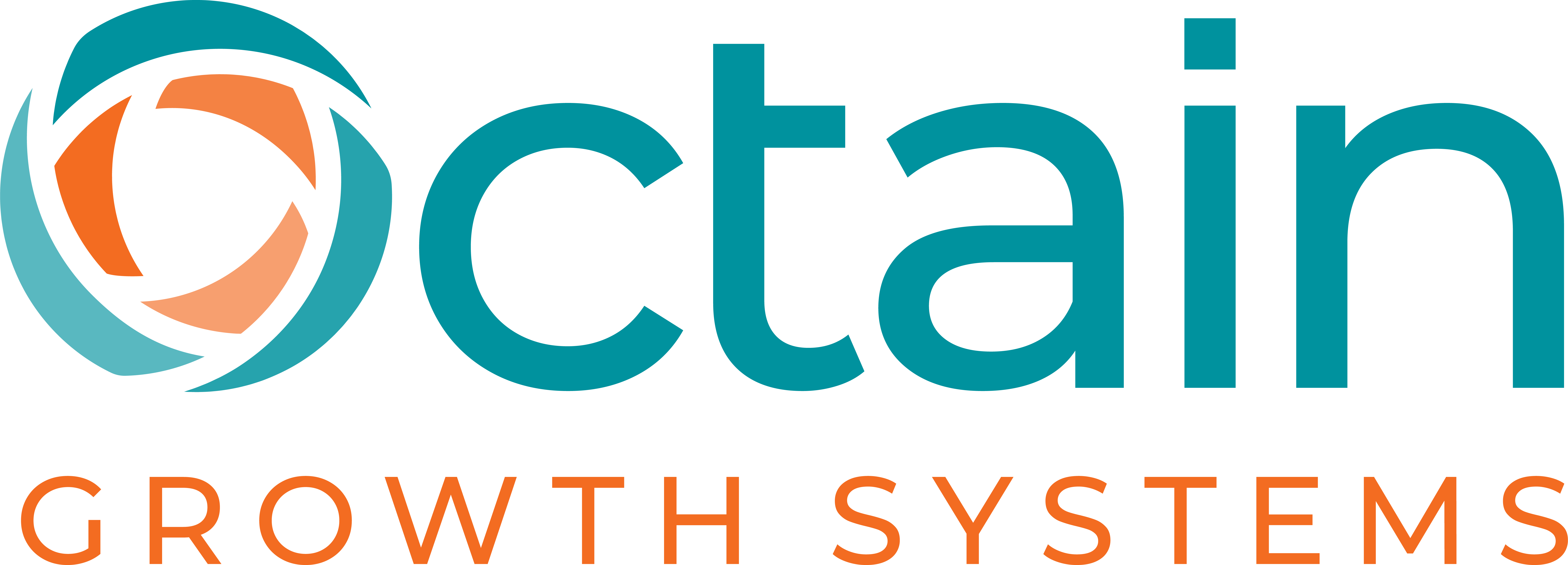You know your clients need business, marketing and sales strategies. You want to give it to them. But they’re not buying it. They just want you to produce results – quickly!!
You can recite the old bromides till you are blue in the face. You know them: Fail to plan, plan to fail. When you aim at nothing, you’ll hit it every time. Blah. Blah. Blah.
Or you can take a different approach. You can intentionally and uniquely position yourself to offer your services as the true trusted advisor you are.
Of course, you can and should remind your clients of the benefits:
- Direction and Focus: When a company knows exactly where it’s headed, it’s less likely to meander aimlessly or waste resources.
- Resource Optimization: With a strategic plan, mid-size companies can align their resources, such as talent, technology, and capital, with their business objectives.
- Revenue Growth: A key financial benefit of having a strategic plan is that it acts as a blueprint for revenue growth.
- Cost Reduction: As part of the strategic planning process, companies often evaluate their operations and identify areas where costs can be reduced.
- Risk Mitigation: A strategic plan can identify and mitigate financial risks, preventing unexpected setbacks that can kill business growth.
What if we assume they know the benefits yet are still reluctant to take the time to plan.
That’s when I believe we need to take a different approach.
Change their Mindset. Redefine the idea of “plan.” For many business owners even the word “PLAN” conjures up hours of wasted time and effort on something that creates more division than solidarity on the team. For others its thousands spent on a major tome that no one reads let alone implements. Rather than a “plan,” create a one-page blueprint that is easy to understand, consume and follow. At Octain that is the goal of our one-page accelerator blueprints.
Show Them the Dark Side. One of the most successful sales strategies in history was IBM’s use of FUD (fear, uncertainty and doubt) in convincing people the only safe computer bet was IBM. When it comes to selling strategic services, it pays to show prospects the dark clouds of uncertainty they face without a strategy. Outline how missed opportunities, the cost of doing nothing, operational inefficiencies, and competitive disadvantages can lead to financial losses.
Follow the Money. The more specific you can get on the direct financial benefits of developing a strategy blueprint, the more convincing your offer. For mid-size companies, access to capital is critical for growth.
A strategic blueprint helps these companies make informed decisions about capital allocation. Whether it’s securing a loan, seeking investors, or reinvesting profits, having a well-thought-out plan in place instills confidence in stakeholders and lenders. It also ensures that capital is directed toward initiatives that will yield the highest returns.
Equally valuable is showcasing the lost opportunity cost, as in this example:
A manufacturer produces electronic components for various industries. They have the capacity to produce 10,000 units of a particular component per month. However with no operations plan, they only produce 7,000 units per month.
Each unit has a profit margin of $20, and they sell for $50 each. The market demand for this component is consistently higher than what they are currently producing.
To calculate the lost opportunity cost, we need to determine the potential revenue if they were to fully utilize their production capacity.
Current Monthly Production:
- 7,000 units per month
- Revenue per unit: $50
- Total Revenue: 7,000 units * $50 = $350,000
Potential Monthly Production:
- 10,000 units per month (maximum capacity)
- Revenue per unit: $50
- Total Revenue: 10,000 units * $50 = $500,000
Lost Opportunity Cost:
- Potential Monthly Revenue – Current Monthly Revenue
- $500,000 – $350,000 = $150,000
In this example, the manufacturer is incurring a lost opportunity cost of $150,000 per month due to not fully utilizing their production capacity.
Feed the Dream. Every $10M company wants to be a $50M company and every $50M wants to be a $500M to a $1B company. What’s the difference between a small company and a large Fortune 5000 one?
Strategy and systems. Systems drive big companies; owner operators drive small businesses. A good strategic blueprint with trackable metrics and KPIs helps your SBO client make that shift to big company thinking that drives sustainable growth.
What are your thoughts and questions around selling strategic services? Join us, Craig Lowder, author of Trusted Advisor Confidential and Clare Price, author of Smart Marketing Execution for an open mic Q&A on Friday November 10 at 1 pm ET.

